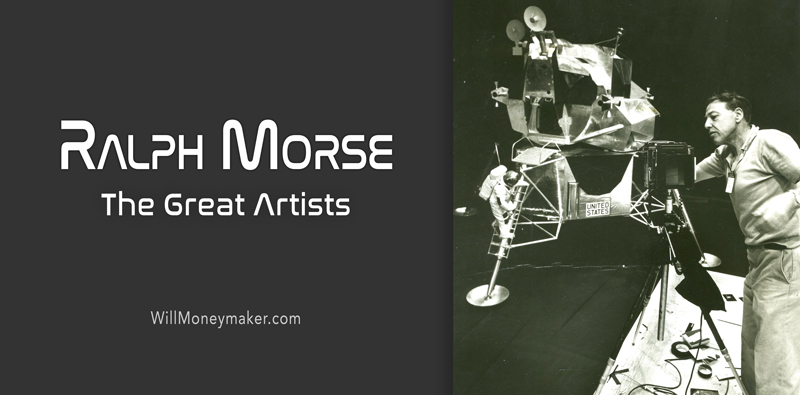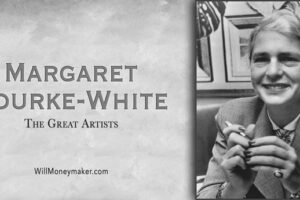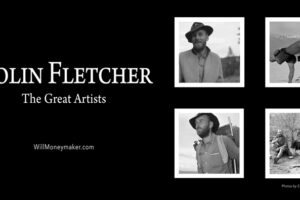Ralph Theodore Morse was born on October 23, 1917, in Manhattan, New York City, and became one of the best-known career photographers for Life Magazine. He was renowned for his inventive and creative photography, and his works can be found everywhere from old issues of Life to encyclopedias and even history books. He took many of the most iconic photographs of the mid to late 20th century. His most notable photographs came from WWII, the space program, medical innovation, and sporting events. He was a master improviser with a camera and was considered Life’s technical photography expert. His former managing editor, George Hunt, once said of Morse that if the equipment did not exist for the type of photograph he needed or wanted to take, he invented and built it.
Ralph’s early life was a humble one, with his mother and sister in a Bronx apartment, living on the $25 a week income his mother brought in. Ralph got his first job at the age of fifteen, working in a drug store and making deliveries for it in the afternoons after school. After making the drugstore deliveries, he would go work in a soda fountain until eleven in the evening, where he filled soda glasses and made sandwiches for customers. At school, he was a student at DeWitt Clinton High, and a member of the school’s newspaper team, and also studied journalism in his high school classes.
He wanted to become a cameraman for the newsreel companies but did not have the thousand dollars required to join their union. So, he enrolled in the City College of New York instead, where he could attend for free and took every photography class the college offered. Desiring a job in photography, he got out the phone book and went door to door to all of the photography studio listings, which was a lot in New York City. He started at A, and finally found a job at P, with Paul Parker Studio.
From there, Ralph worked his way up through various local photography studios, staying for varying lengths of time, until he landed a job at the prestigious Harper’s Bazaar. However, he quit that job after only a day, because he realized he didn’t understand anything about fashion photography. However, he had been making daily deliveries to Pix Publishing from one of his previous jobs, and Pix was quick to hire Ralph as their full-time employee. His first job at Pix was to work in their darkroom. He spent his first weekend off at that job at the beach with some friends, where he borrowed a camera and took a photo of a father throwing his baby in the air. When he went back to work, Ralph took the photo to Leon Daniel, the editor at Pix. Leon was impressed with it, and told Ralph he could sell the photo that day, which he did, to the Houston Chronicle, and then to twenty other publications the following week.
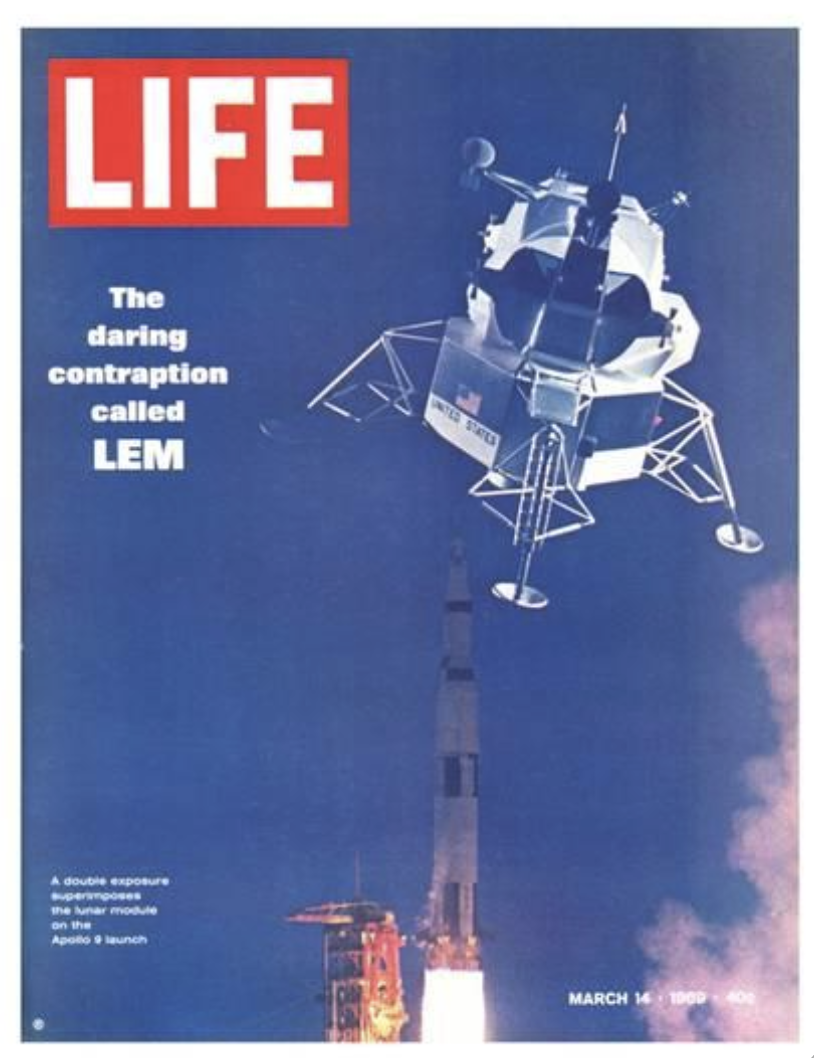
Ralph now had an ally in Leon, and he continued working in the darkroom at Pix and taking photographs on the weekends. Ralph later credited Leon with being the one who encouraged him to become a professional photographer.
At Leon’s urging, Ralph kept bringing him the pictures he took, and Leon kept selling them almost immediately after. It was a lucrative arrangement for both of them. Ralph was eventually able to buy his own camera and began looking through the local newspaper for events he could go to on weekends to photograph. He continued this arrangement with Pix until one of the silent partners at Pix, Alfred Eisenstaedt, who was also on staff at Life Magazine, convinced his editor to meet Ralph. The editor, Wilson Hicks, reluctantly did and gave Ralph an assignment to photograph Thornton Wilder acting on Broadway in his own play, Our Town. Morse was successful, and impressed Hicks, got another assignment, and then got a contract to work for Life one day a week through Pix. Ralph continued to do this until the start of WWII.
At the beginning of WWII, at twenty-four years old, Ralph was hired full-time by Life as its youngest war correspondent. Not all of his photographs were printed, as many of his assignments ended up being to document secret missions. He had to learn military techniques such as climbing rope ladders and wore both combat and photographic gear. He had many adventures and near-misses with serious injury or death while a war correspondent, being on a ship that was torpedoed with him on it (and treading water all night with other soldiers while awaiting rescue), getting malaria in the jungle in the Pacific theater, and even getting the Surgeon General of the Army to certify him as wounded so he could tell a photographic story of an actual wounded soldier he had been following. Ralph was the only American civilian photojournalist present at the signing of Germany’s surrender at Reims.
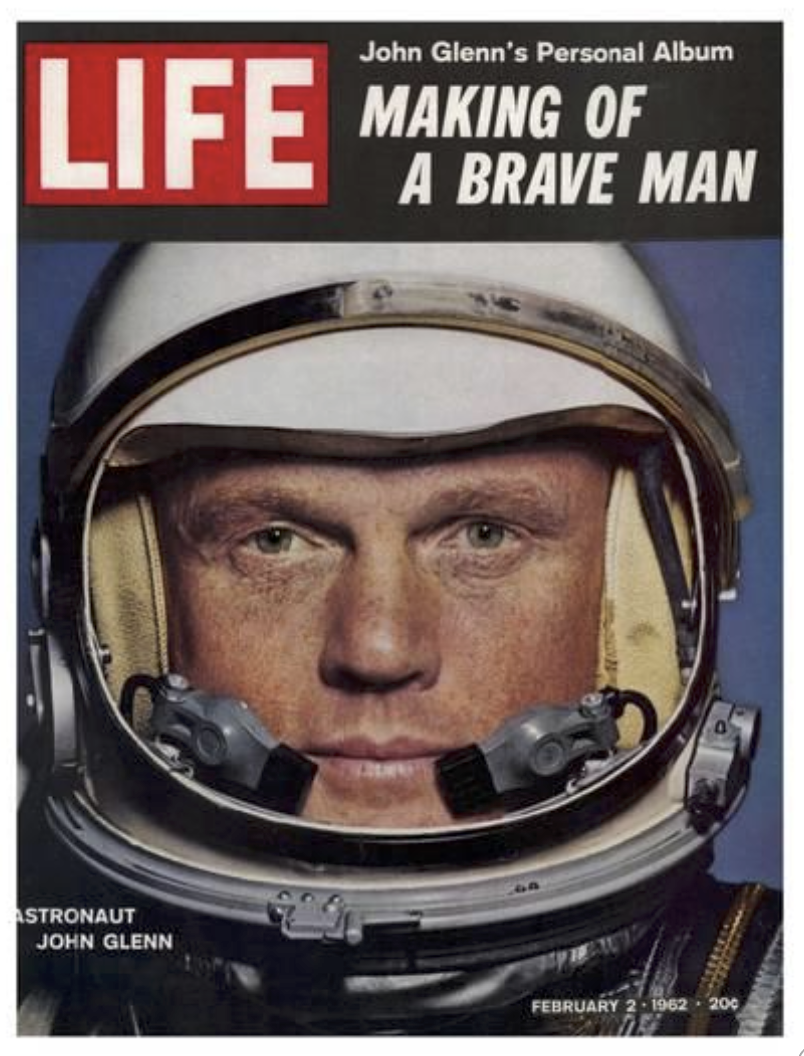
Ralph spent the next decade traveling post-war Europe and photographing its reconstruction. After this, he became involved in photographing the emerging US space program. Ralph and a reporter were chosen to accompany the first astronauts on everything they did in their training, which meant participating in that training. Ralph spent the next three decades photographing and training with astronauts as they practiced with weightlessness, went under the sea in dive gear, and trekked through deserts and jungles that were meant to mimic potential extraterrestrial landscapes. The astronauts came to be good friends with Ralph and considered him as much one of them as if he had actually been to space with them.
Ralph married Ruth Zizmor, and they lived in Europe in various places together after WWII, then moved to northern New Jersey when he began photographing the space program. They had three sons together, Alan, Bob, and Don. His family sometimes joined him on his photographic adventures as their schedules permitted, such as journeys to Cape Canaveral in Florida to watch rocket launches.
Ralph retired to south Florida, where he indulged in his hobbies of sailing and boating and spending time with his children, grandchildren, and great-grandchildren. He died in Delray Beach, Florida on December 7, 2014, as Life Magazine’s most well-known photographer.
For some spectacular spaceflight photos and a detailed launch photography guide, check out Walter Scriptunas II's website.

